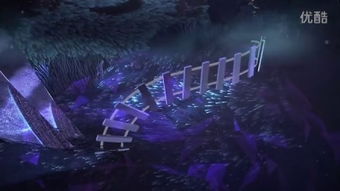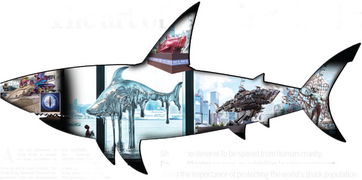Content:
Embarking on a sea fishing adventure can be an exhilarating experience, offering a unique blend of relaxation and the thrill of the chase. Whether you're a seasoned angler or a beginner looking to cast your line into the vast ocean, understanding the techniques for fishing in the sea is crucial for a successful outing. In this article, we'll delve into the essential tips and tricks for mastering the art of sea fishing, focusing on how to fish effectively by the seashore.
Choosing the Right Equipment
The first step in sea fishing is to ensure you have the right equipment. Here's a rundown of the essentials:
Rod and Reel: A good quality fishing rod and reel are the backbone of your equipment. For sea fishing, a medium-heavy rod with a spinning reel is usually ideal for handling the stronger currents and larger fish.
Line: The type of line you use can significantly impact your success. Monofilament is versatile and floats well, making it a popular choice. Braided line, on the other hand, is stronger and more visible under water, which can be advantageous in certain conditions.
Hooks: Hooks come in various sizes and shapes, depending on the type of fish you're targeting. For sea fishing, it's best to start with a size that can handle the fish you're aiming for, and adjust as needed.
Lures and Bait: Lures mimic the movement of prey and can be highly effective, especially for attracting larger fish. Natural bait, such as fish, shrimp, or squid, can also be very effective.
Tackle Box: A well-stocked tackle box should include pliers, a knife, scissors, a bait holder, and various sinkers and swivels.
Choosing the Right Location
The next step is to find the best spot to fish. Here are some tips for selecting a prime location:
Research: Before heading out, research the area you plan to fish. Look for areas with known fish populations, such as rocky outcrops, reefs, or channels.
Tides: Understanding the tides is crucial for sea fishing. Fish tend to be more active during the incoming tide, as it brings in food and oxygen. However, this can vary depending on the species.
Weather: Check the weather forecast and aim to fish during calm conditions. Strong winds and rough seas can make it difficult to fish effectively.
Techniques for Sea Fishing
Once you have your equipment and have chosen a location, here are some techniques to help you catch fish:
Drifting: This involves casting your line out and letting it drift with the current. It's a great way to cover a lot of ground and can be effective for catching fish that follow the current.

Bottom Fishing: For fish that live near the bottom, such as snapper or sea bream, bottom fishing is the way to go. Attach a sinker to your line and let it sink to the bottom, then slowly retrieve it.
Surface Fishing: Some fish, like mackerel or bonito, are found near the surface. Use lighter tackle and cast your line out, then retrieve it quickly to mimic the movement of prey.
Jigging: This technique involves rapidly jerking your lure up and down to mimic the movement of struggling prey. It's effective for attracting larger fish and can be used in various depths.
Live Bait: For some species, live bait is the best option. Use a fish or shrimp that naturally occurs in the area you're fishing and hook it through the mouth or lips.
Safety First
Safety should always be a priority when sea fishing. Here are some tips to keep you safe:
Know Your Limits: If you're new to sea fishing, start with a calm, shallow area and gradually progress to more challenging waters.
Stay Hydrated: The sun can be intense, so drink plenty of water to stay hydrated.
Wear Sun Protection: Apply sunscreen, wear a hat, and protect your eyes with sunglasses.
Check the Weather: Before heading out, check the weather forecast and be prepared for sudden changes.
Have a Buddy: It's always safer to fish with a partner, especially if you're new to the sport.
In conclusion, sea fishing can be a rewarding and enjoyable activity for anglers of all levels. By choosing the right equipment, understanding the local conditions, and employing effective techniques, you can increase your chances of a successful catch. Remember to always prioritize safety and respect the marine environment. Happy fishing!












